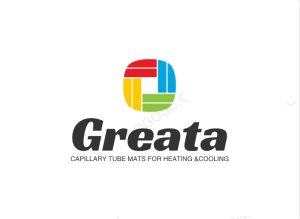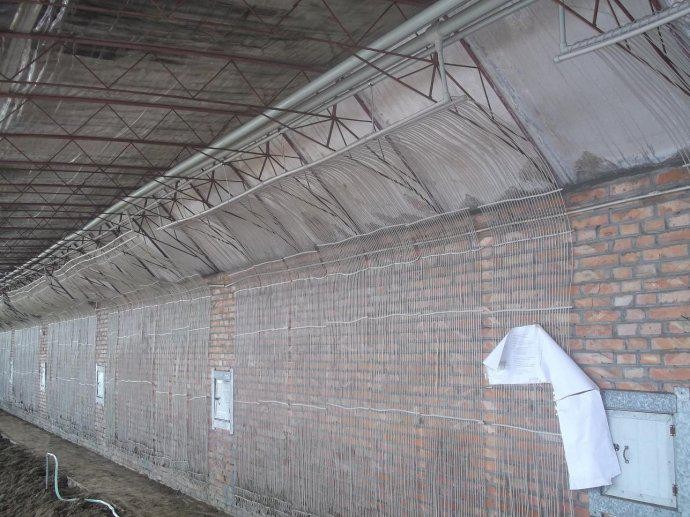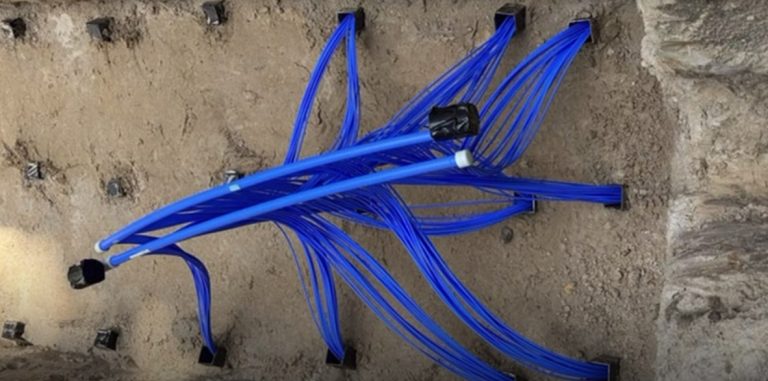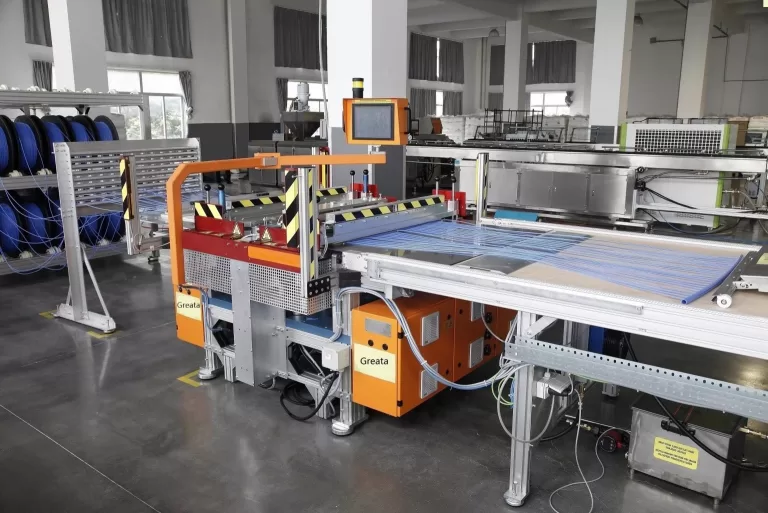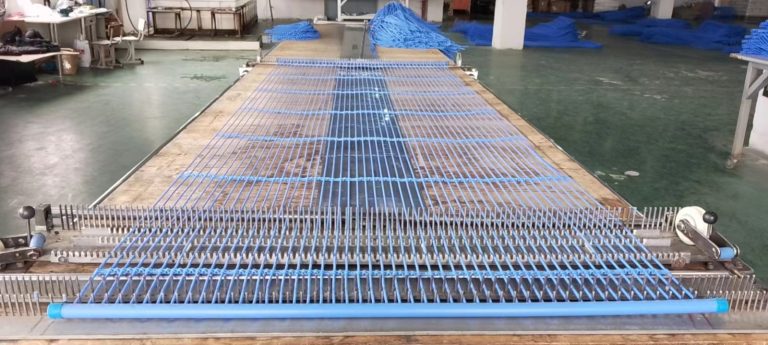The Greata Water Capillary Tube Mat (GWCTM) can be used in agriculture to improve water efficiency, increase crop yield, and reduce water wastage. This innovative irrigation system works by delivering water directly to the plant roots, minimizing evaporation and optimizing water distribution.
In traditional field irrigation systems, the GWCTM can be employed to reduce water usage and increase water efficiency. By installing the capillary tube mats in crop fields, water can be released directly into the root zone of the plants. This targeted irrigation method eliminates excess water wastage caused by overspray or runoff, leading to significant water savings. The GWCTM also ensures that the water reaches the roots directly, promoting efficient nutrient absorption and healthy plant growth.
Furthermore, the GWCTM can be used in greenhouses and high-tunnel farming to improve moisture management. Greenhouses and high tunnels require precise control of temperature and humidity levels for optimal plant growth. By placing the capillary tube mats in the growing medium, moisture can be distributed uniformly throughout the greenhouse or high tunnel, creating a favorable microclimate for plants. The controlled moisture levels help prevent plant stress, improve crop quality, and reduce the risk of plant diseases.
Overall, the application of the Great Water Capillary Tube Mat in agriculture offers numerous benefits such as water conservation, efficient nutrient delivery, and improved crop productivity. By utilizing this innovative irrigation system, farmers can optimize water usage, reduce environmental impact, and achieve healthier and more abundant plant growth.
The Application of greata water Capillary tube mat in Agriculture
GreataCapillary tube mats, also known as capillary irrigation mats or capillary mats, are commonly used in agriculture for various purposes. Here are some applications of capillary tube mats in agriculture:
1. Greenhouse irrigation: Capillary tube mats can be used to provide a controlled and consistent water supply to plants grown in greenhouses. The mats are placed beneath the pots or trays and through capillary action, water is drawn up to the plant roots, ensuring efficient water distribution and reducing water wastage.
2. Seed propagation: Capillary tubes mats can be used for seed propagation by providing a moist and humid environment to promote seed germination. The mats maintain a consistent moisture level in the soil, which is essential for successful seedling establishment.
3. Hydroponics: In hydroponic systems, greata capillary tube mats are used to supply nutrient-rich water to the plants. The mats are placed in contact with the root zone, and by capillary action, the plants can absorb the necessary nutrients and water for growth.
4. Plant propagation and nursery production: Capillary tube mats are extensively used in plant propagation and nurseries for watering newly propagated or potted plants. The mats ensure a constant supply of water to the plants, promoting healthy root development and reducing watering labor.
5. Drip irrigation systems: greata Capillary tube mats can be used as a component in drip irrigation systems, where they act as a wick and help distribute water evenly to the plants’ root zones. This ensures efficient water uptake, reduces water loss, and eliminates the need for complex irrigation setups.
6. Soil moisture management: greata Capillary tube mats can be used as a tool to manage soil moisture levels in agricultural fields. The mats can be laid on the soil surface, and through capillary action, excess water can be drawn away, preventing waterlogging and promoting better aeration in the root zone.
All in all , Greta capillary tube mats are versatile tools in agriculture that can help optimize water use, provide controlled irrigation, and improve plant growth and productivity.
One application of GWCTM in agriculture is in hydroponics systems. Hydroponics is a soil-less cultivation method where plants are grown in a nutrient-rich water solution. The GWCTM can be placed in the growing medium of hydroponics systems to provide a constant water supply to the plant roots. This ensures that the plants receive the right amount of water without drowning them or causing water stress. The controlled water delivery also prevents nutrient loss and minimizes the risk of diseases caused by excessive moisture.
